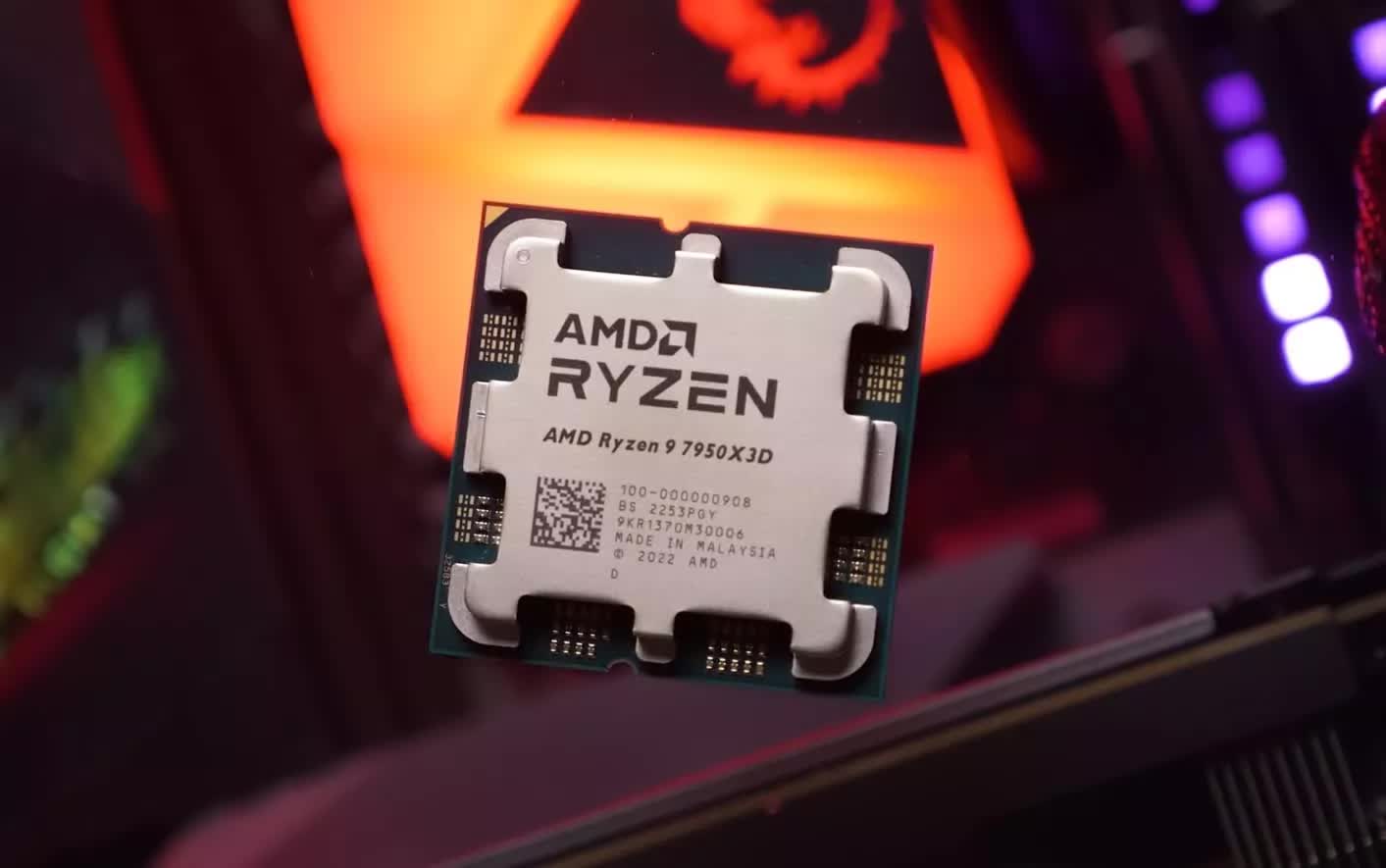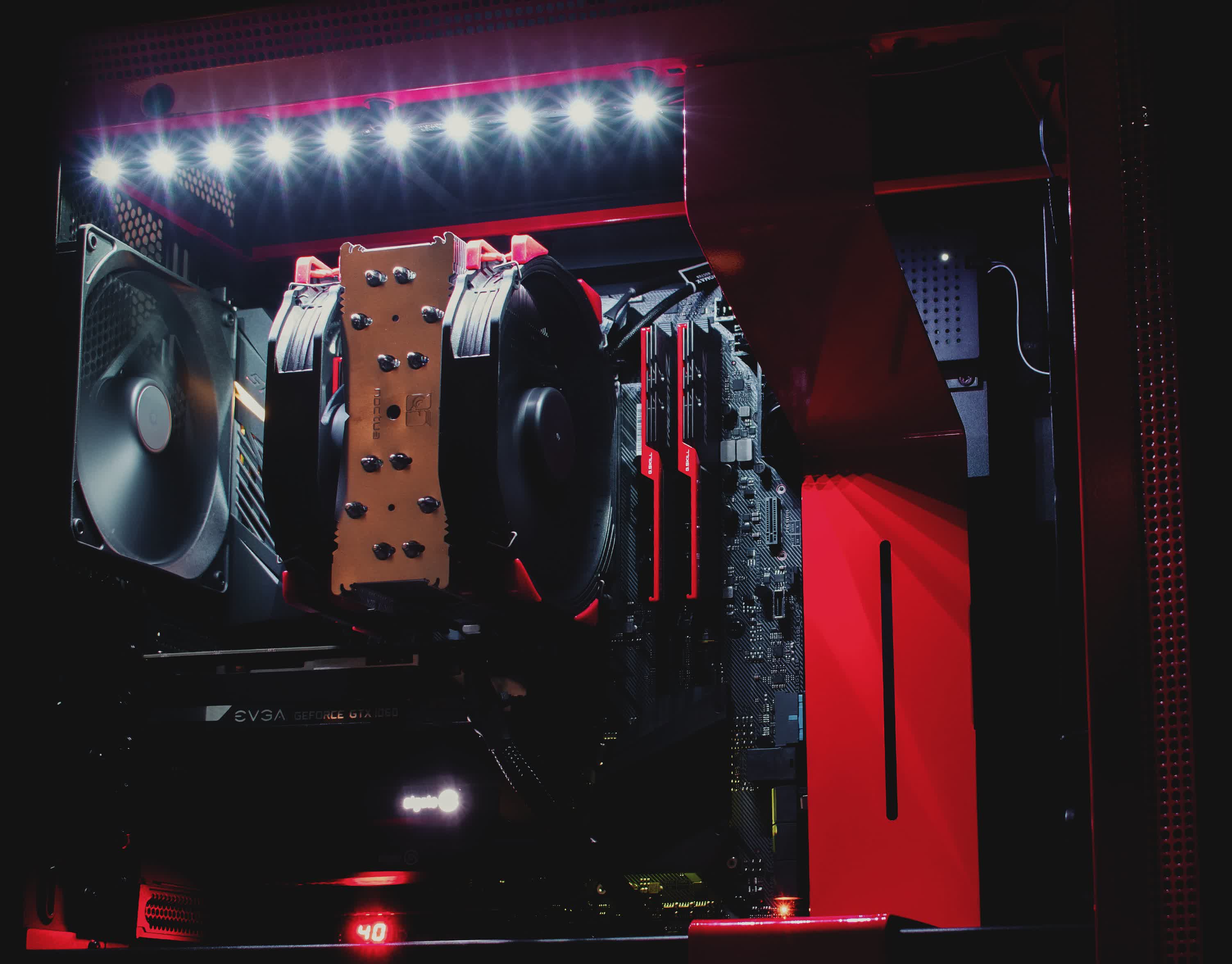Hot chips: The latest generation of consumer CPUs from Intel and AMD are among the fastest ever produced. Despite significant advancements in areas like manufacturing processes and chiplets, they're also among the hottest to take up residence on motherboards.

AMD Corporate VP David McAfee recently addressed the matter in an interview with Quasar Zone. When asked about AMD's power consumption versus operating temperature compared to the competition and if temperature issues are something that could be resolved in the future, McAfee said they're working closely with TSMC to put a lot of effort into process technology.
However, they believe that the current situation involving high heat density will persist or perhaps be further intensified as more advanced processes are utilized in the future. As such, it'll be important for AMD to find a way to effectively eliminate the high amount of heat generated by high-density chiplets, McAfee added.

AMD isn't the only one turning out chips with high operating temperatures as of late. Intel's new 14th gen CPUs also generate a ton of heat. In Steven's recent review of the Core i9-14900K, the chip reached its TjMAX of 100 degrees Celsius almost instantly when all cores were under load. This resulted in thermal throttling, even when using a Liquid Freezer II AIO cooler from Arctic.
There is room for improvement, so long as you're willing to gamble and say goodbye to your warranty. Hardware enthusiast der8auer recently shaved 12 degrees C off his Core i9-14900K by delidding and lapping the core.
The Best CPU Coolers - Late 2023 Update
As someone that's been out of the hardware game for many years now, it's remarkable to see just how far acceptable processor operating temperatures have come. In the mid-2000s, for example, you could expect higher-end CPUs to reach around 45-50 degrees Celsius when using a quality aftermarket air cooler. Anything in the upper 50 C range was considered really hot at the time and if you hit the 60s, it wasn't uncommon for your chip to start running into issues.
https://www.techspot.com/news/100682-amd-working-reduce-heat-generated-high-density-cpu.html